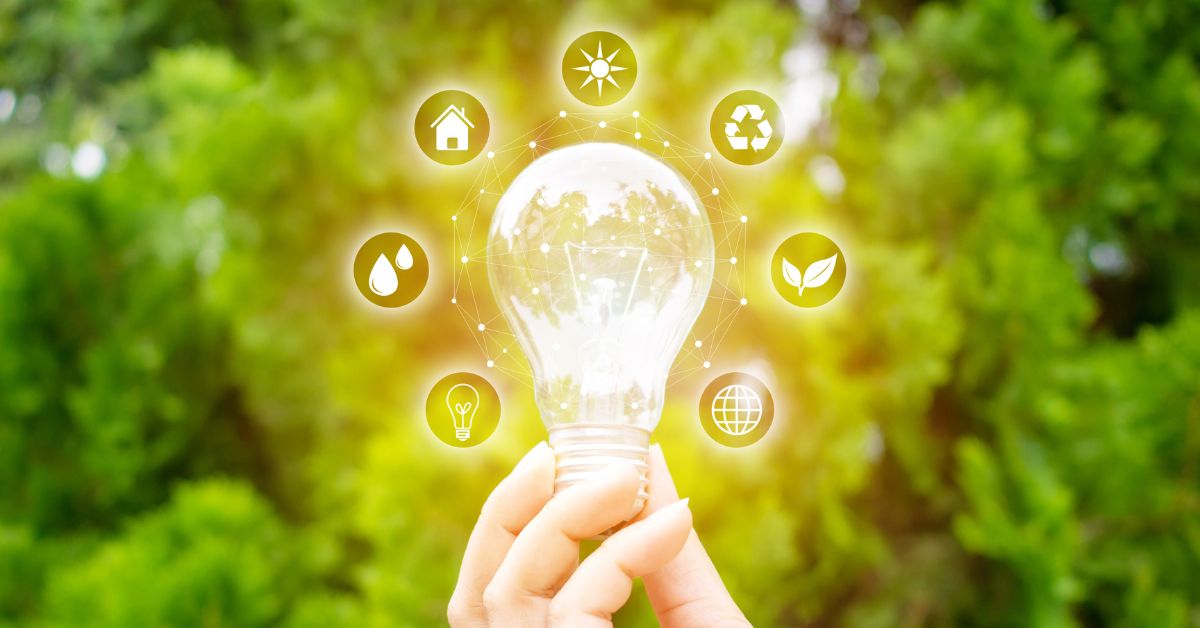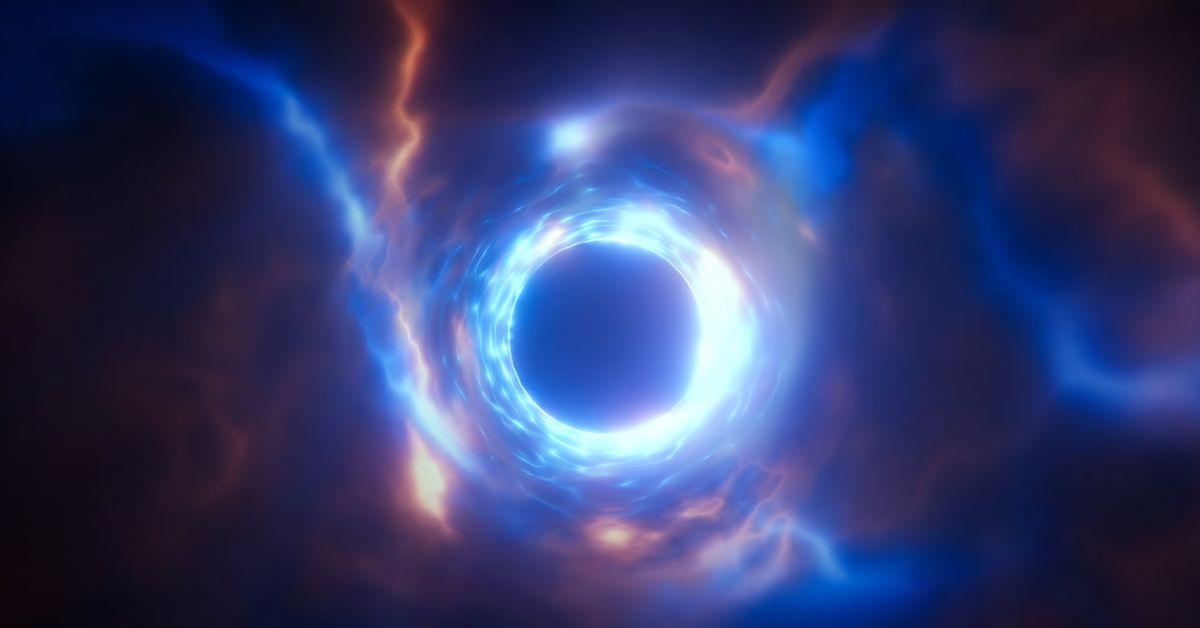Lighting Energy
Lighting energy refers to the amount of electrical power consumed by lighting systems to illuminate spaces. Efficient lighting solutions, such as LED technology, reduce energy consumption, enhance brightness, and lower costs. Optimizing lighting energy usage involves smart controls, daylight integration, and advanced design strategies for eco-friendly, sustainable environments.
Table of Contents:
- Introduction to Lighting Energy
- Historical Overview of Lighting Technologies
- Ancient Lighting Methods
- The Rise of Electric Lighting
- Modern Lighting Solutions
- Types of Lighting Technologies
- Incandescent Lighting
- Fluorescent Lighting
- LED Lighting
- Compact Fluorescent Lamps (CFL)
- Halogen Lighting
- Energy Efficiency in Lighting
- Energy Consumption Comparison Across Technologies
- How LEDs Revolutionized Energy Efficiency
- Dimming and Lighting Controls
- Lighting Design for Energy Efficiency
- Importance of Lighting Design
- Natural Lighting Integration
- Task vs. Ambient Lighting
- Lighting Placement for Efficiency
- Environmental Impact of Lighting Energy
- Carbon Footprint of Different Lighting Technologies
- Hazardous Materials in Fluorescent Lighting
- Recycling and Disposal of Lighting Equipment
- Smart Lighting Solutions
- Role of IoT in Smart Lighting
- Automated Lighting Systems
- Energy Savings with Smart Lighting
- Government Regulations and Incentives for Efficient Lighting
- Energy Star Ratings
- Lighting Standards and Regulations
- Financial Incentives for Energy-Efficient Lighting
- Future Trends in Lighting Energy
- Solar-Powered Lighting
- OLEDs and the Future of Lighting Technology
- Innovations in Light Sources and Control Systems
- Conclusion: The Path Forward for Sustainable Lighting Energy
Lighting Energy
Introduction to Lighting Energy
Lighting has been an integral part of human civilization since the discovery of fire, evolving from basic torches and oil lamps to the highly sophisticated electric lighting systems we rely on today. Lighting energy refers to the power consumed by various lighting systems in residential, commercial, and industrial settings. As urbanization grows and the global population expands, the demand for lighting has increased dramatically, leading to significant energy consumption.
With the introduction of energy-efficient lighting technologies, such as Light Emitting Diodes (LEDs), the way we approach lighting has transformed. Efficient lighting reduces electricity consumption and lowers carbon emissions and operational costs. As the world strives toward sustainability, lighting energy has become a critical component in reducing global energy consumption and mitigating climate change.
Historical Overview of Lighting Technologies
Ancient Lighting Methods
Early humans relied on fire for lighting, using rudimentary methods such as torches, candles, and oil lamps. These ancient light sources were primarily functional, offering limited brightness and serving the basic purpose of illuminating dark spaces. However, they were inefficient, as most of the energy produced by these methods was lost as heat.
The Rise of Electric Lighting
The invention of the incandescent light bulb by Thomas Edison in 1879 marked the beginning of modern electric lighting. Incandescent bulbs revolutionized the way people lit their homes and businesses. While they provided significant improvements in convenience and brightness, they were also highly energy-inefficient. Only a small fraction of the energy consumed by incandescent bulbs is converted into light, with the rest dissipated as heat.

Modern Lighting Solutions
As technology advanced, more efficient lighting options were developed, including fluorescent and compact fluorescent lamps (CFLs), followed by the LED revolution. Today, LED lighting represents the pinnacle of lighting efficiency, offering a low energy consumption rate, long lifespan, and significantly reduced environmental impact compared to its predecessors.
Types of Lighting Technologies
Incandescent Lighting
Incandescent bulbs are the oldest form of electric lighting. While widely used in the 20th century, they are highly inefficient, converting only about 10% of the energy they consume into visible light. The rest is lost as heat. Due to their inefficiency, many countries have phased out or restricted the use of incandescent bulbs.
Fluorescent Lighting
Fluorescent lighting is more efficient than incandescent lighting and works by using electricity to excite mercury vapor, which in turn produces ultraviolet light. This UV light excites a phosphor coating inside the bulb, producing visible light. While more energy-efficient than incandescent bulbs, fluorescent lights have the drawback of containing mercury, which poses environmental and health risks if not disposed of properly.
LED Lighting
Light Emitting Diode (LED) lighting is one of the most energy-efficient and rapidly developing lighting technologies available today. They are far more efficient than incandescent and fluorescent lighting, offering up to 80-90% energy savings and a lifespan of up to 25,000 hours or more. The low energy consumption, durability, and declining cost of LEDs have made them the preferred choice for both consumers and businesses.
Compact Fluorescent Lamps (CFL)
CFLs are a type of energy-saving light bulb that uses about 70% less energy than incandescent bulbs. They work similarly to fluorescent lamps but are designed to fit into light fixtures that were traditionally designed for incandescent bulbs. CFLs gained popularity in the early 2000s as a more efficient alternative to incandescent bulbs but have since been overshadowed by LEDs.
Halogen Lighting
Halogen bulbs are a type of incandescent lamp that contains a small amount of halogen gas. This increases efficiency slightly compared to traditional incandescent bulbs and extends the lifespan of the filament. However, halogen lighting is still far less efficient than LED or CFL alternatives and generates significant heat, making it less desirable from an energy-saving perspective.
Energy Efficiency in Lighting

Energy Consumption Comparison Across Technologies
The shift towards energy-efficient lighting has been driven by the stark differences in energy consumption between various lighting technologies. Traditional incandescent bulbs consume far more electricity compared to CFLs and LEDs. For instance, a 60-watt incandescent bulb can be replaced with a 10-watt LED bulb that produces the same amount of light. The table below compares the energy consumption of different lighting technologies:
| Lighting Technology | Typical Wattage | Energy Efficiency | Average Lifespan |
|---|---|---|---|
| Incandescent Bulb | 40W-100W | Low | 1,000 hours |
| Halogen Bulb | 35W-70W | Low to Medium | 2,000-4,000 hours |
| CFL Bulb | 10W-25W | Medium | 7,000-10,000 hours |
| LED Bulb | 5W-15W | High | 25,000+ hours |
How LEDs Revolutionized Energy Efficiency
LEDs have drastically reduced the amount of electricity required to light a home, office, or outdoor space. While traditional lighting systems, such as incandescent bulbs, waste most of the energy as heat, LEDs convert a much higher proportion of the energy into light. This efficiency has contributed to significant reductions in electricity consumption and lower utility bills for households and businesses.
Dimming and Lighting Controls
The ability to control lighting levels, either manually through dimmers or automatically through smart systems, plays a crucial role in energy savings. Dimming lights reduce their energy consumption, and lighting control systems, which adjust light levels based on occupancy and daylight, ensure that lights are only used when necessary.
Lighting Design for Energy Efficiency
Importance of Lighting Design
Energy-efficient lighting isn’t just about using low-wattage bulbs. Thoughtful lighting design can greatly reduce energy usage. Proper lighting design considers factors such as the purpose of the space, the amount of natural light available, and the placement of light fixtures.
Natural Lighting Integration
Incorporating natural light, or daylighting, into the design of a building can dramatically reduce the need for artificial lighting during daylight hours. Techniques such as installing larger windows, using skylights, and designing open floor plans help maximize the use of natural light. Not only does this save energy, but it also creates more pleasant and productive environments.
Task vs. Ambient Lighting
Different spaces require different lighting solutions. Task lighting focuses on providing adequate light for specific activities, such as reading or cooking, while ambient lighting provides overall illumination. By using focused task lighting where needed, and keeping ambient light levels lower, energy consumption can be reduced.
Lighting Placement for Efficiency
The strategic placement of lighting fixtures can reduce the number of lights required to achieve the same level of brightness. For example, placing lights closer to where they are needed, such as workstations or reading areas, can allow the use of lower-wattage bulbs or fewer lights, thus saving energy.
Environmental Impact of Lighting Energy
Carbon Footprint of Different Lighting Technologies
The carbon footprint of lighting is directly tied to the energy consumption of the lighting technology used. Incandescent and halogen bulbs, which are less efficient, contribute to higher greenhouse gas emissions due to the greater amount of electricity they require. In contrast, LEDs, due to their energy efficiency, contribute less to carbon emissions over their lifespan.
Hazardous Materials in Fluorescent Lighting
Fluorescent bulbs, including CFLs, contain mercury, a toxic substance that can pose environmental and health risks if not disposed of properly. Improper disposal can lead to mercury contamination in landfills and water supplies. This has prompted increased awareness about the need for proper recycling of fluorescent lighting products.
Recycling and Disposal of Lighting Equipment
Recycling of lighting equipment is essential, especially for CFLs and fluorescent tubes due to the presence of hazardous materials. Many municipalities and retailers offer recycling programs specifically for bulbs. LEDs, while not containing hazardous materials, also benefit from recycling to reclaim valuable materials like metals and glass.
Smart Lighting Solutions
Role of IoT in Smart Lighting
The Internet of Things (IoT) has enabled a new generation of smart lighting solutions. Smart lighting systems are connected to the internet, allowing users to control lighting remotely via smartphones or automation systems. This connectivity allows for real-time adjustments based on occupancy, time of day, or ambient light conditions, maximizing energy savings.
Automated Lighting Systems
Automated lighting systems can be programmed to turn lights on or off based on occupancy sensors, daylight availability, or schedules. These systems ensure that lights are not left on unnecessarily, further contributing to energy efficiency.
Energy Savings with Smart Lighting
Smart lighting systems offer significant energy savings by allowing precise control over lighting levels and usage. For instance, motion sensors ensure that lights are only used when a room is occupied while dimming capabilities can reduce energy usage in spaces where full brightness is not required.
Government Regulations and Incentives for Efficient Lighting

Energy Star Ratings
Energy Star is a government-backed symbol for energy efficiency, providing simple, credible, and the unbiased information that consumers and businesses rely on to make well-informed decisions. Products that earn the Energy Star label meet strict energy efficiency guidelines set by the U.S. Environmental Protection Agencies. Energy Star-rated lighting products use up to 90% less energy than traditional lighting.
Lighting Standards and Regulations
Governments around the world have introduced regulations to phase out inefficient lighting technologies and promote the adoption of energy-efficient alternatives. In many countries, incandescent bulbs have been banned or restricted, and standards have been set for the energy efficiency of lighting products.
Financial Incentives for Energy-Efficient Lighting
Many governments and utility companies offer financial incentives, such as rebates or tax credits, to encourage the adoption of energy-efficient lighting solutions. These incentives help offset the higher upfront costs of LEDs and other efficient lighting technologies, making them more accessible to consumers.
Future Trends in Lighting Energy
Solar-Powered Lighting
Solar-powered lighting, particularly in outdoor and remote applications, is becoming increasingly popular as the technology improves. Solar lighting systems use photovoltaic panels to capture sunlight and store energy in batteries, providing lighting at night without the need for grid electricity. These systems are ideal for areas where access to power is limited or where reducing grid dependence is a priority.
OLEDs and the Future of Lighting Technology
Organic Light Emitting Diodes (OLEDs) represent the next frontier in lighting technology. OLEDs are thin, flexible, and can produce light across a wide range of colors. While still in the early stages of commercialization, OLEDs offer the potential for even greater energy efficiency and design flexibility compared to LEDs.
Innovations in Light Sources and Control Systems
Ongoing research into new materials, designs, and control systems promises to push the boundaries of lighting energy efficiency even further. Advances in smart lighting controls, human-centric lighting, and adaptive lighting systems are shaping the future of lighting. These innovations will likely lead to more personalized, energy-efficient lighting solutions in the years to come.
Conclusion: The Path Forward for Sustainable Lighting Energy
Lighting energy has undergone significant transformations in recent decades, moving from inefficient incandescent bulbs to highly efficient LEDs and smart lighting systems. These advancements have not only reduced energy consumption but also lowered costs for consumers and helped mitigate environmental impact. As we look to the future, the continued adoption of energy-efficient lighting technologies and the integration of smart systems will play a crucial role in building a more sustainable, energy-conscious world.
By embracing innovation in lighting design, utilizing natural lighting, and implementing energy-efficient technologies, we can significantly reduce the global energy demand for lighting while enhancing the quality of life in homes, offices, and public spaces.

